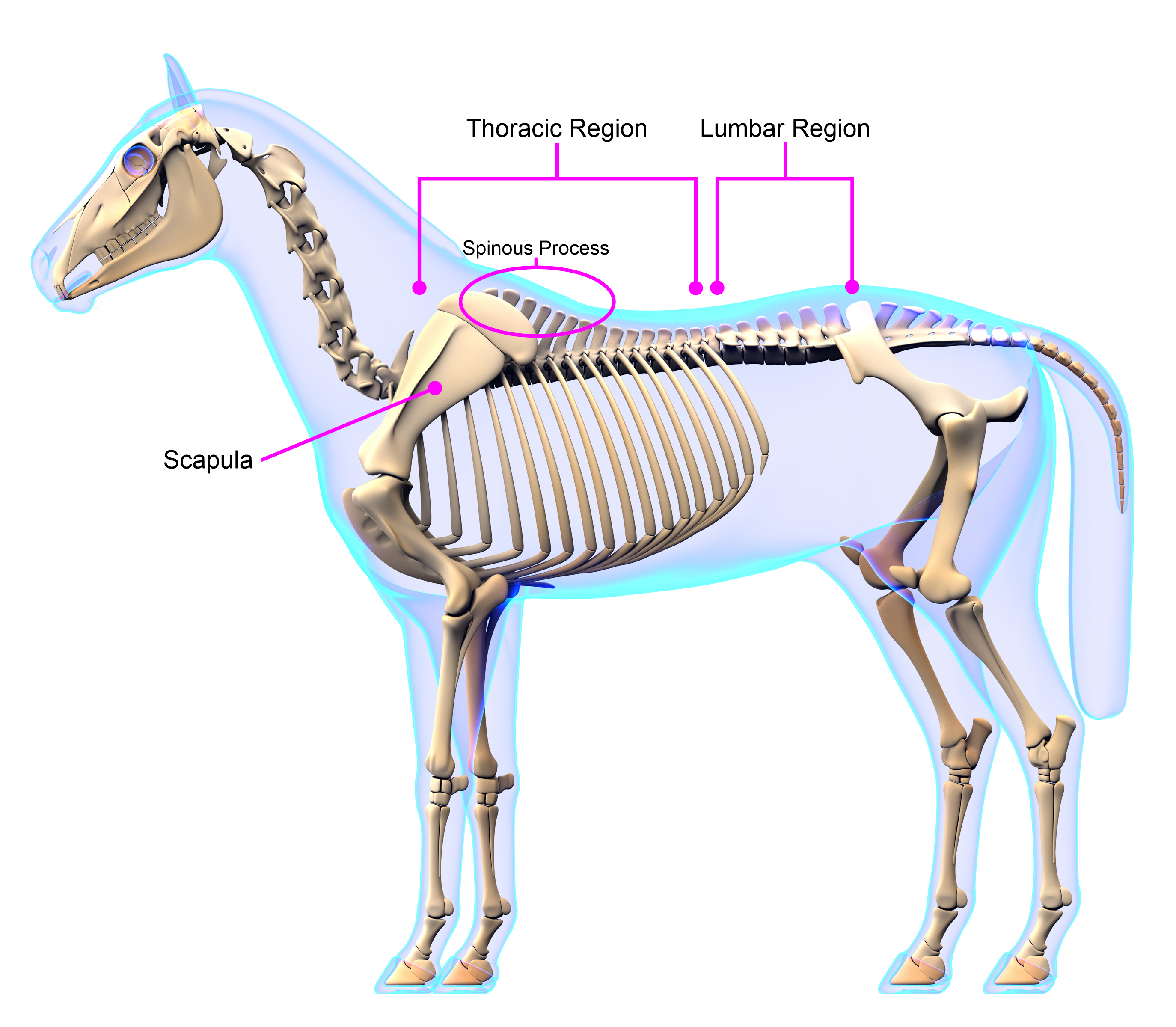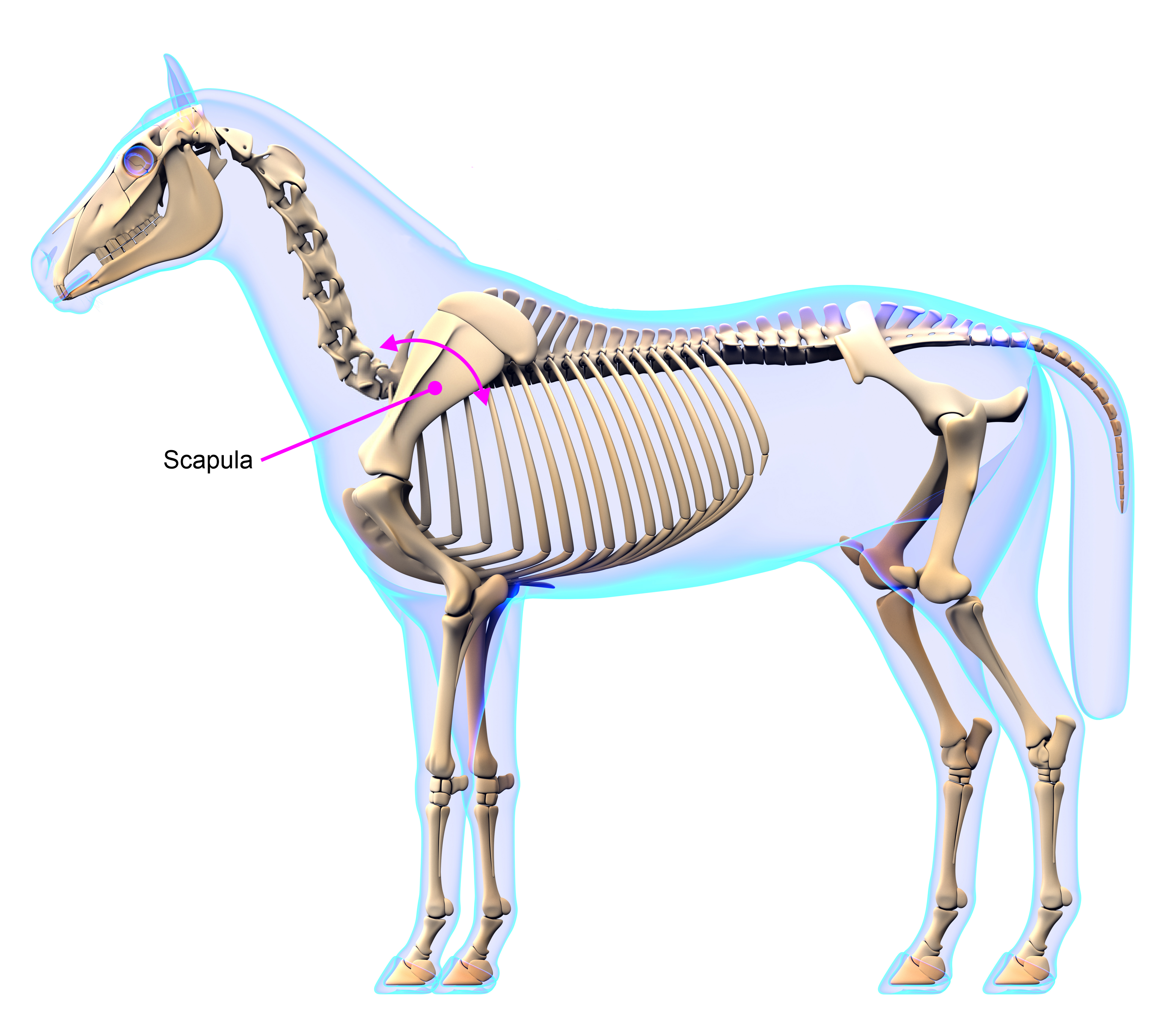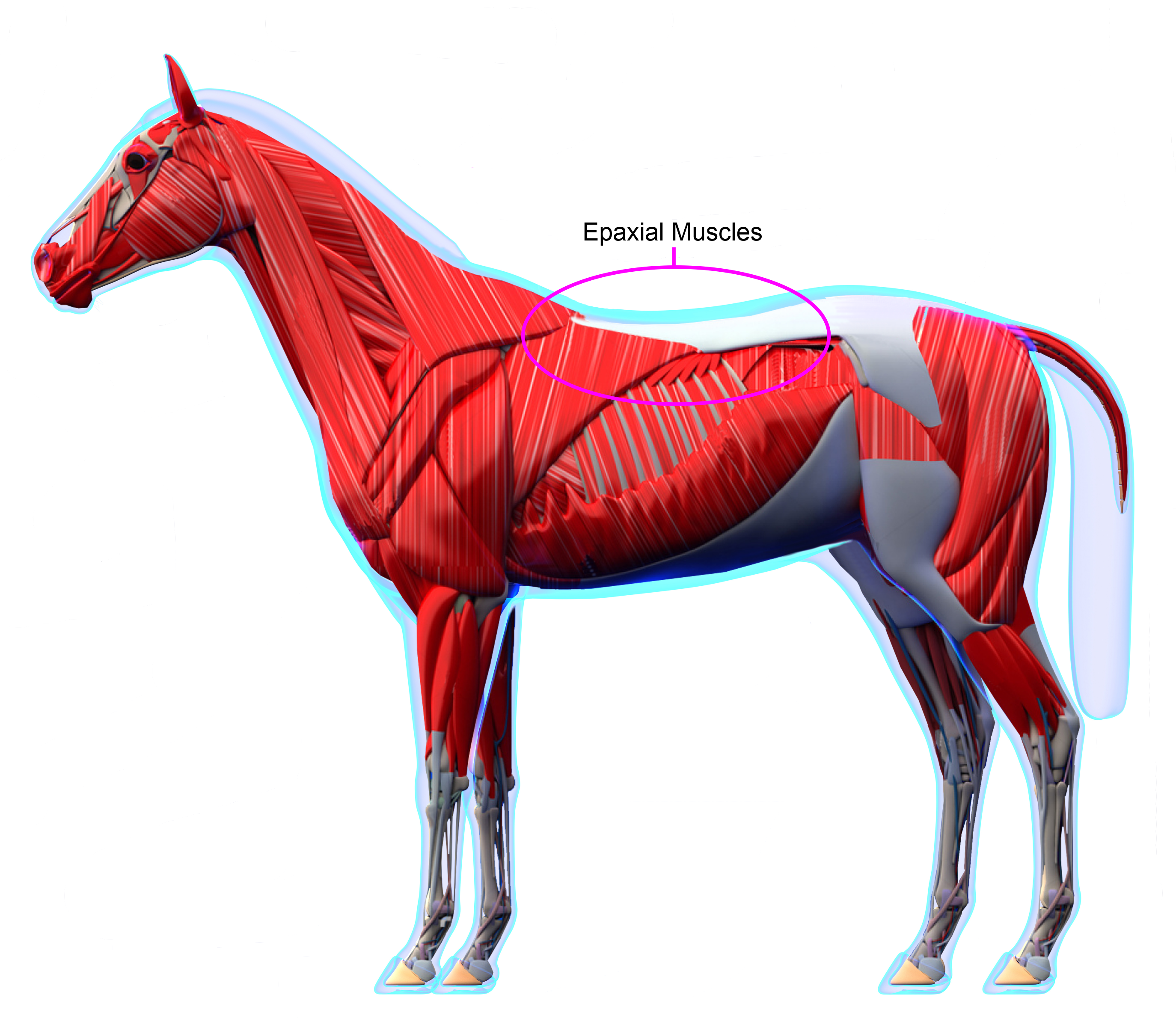Why Saddle Fit Matters: The Anatomy Under the Perfect Fit
Jun 25th 2020
Dealing with saddle fit issues can be more than frustrating to a rider. Trying to find a saddle that the rider loves AND that shows love to the horse can even seem impossible! We all know that a saddle needs to fit our horse, but what is the anatomy underneath it that makes this true?
No matter the kind of riding, saddles are designed to fit onto the thoracic region of a horse’s back. The thoracic region is the section of the back that has ribs and comes after the cervical vertebrae (the neck) but before the lumbar vertebrae (lower back). The thoracic region is made up of 18 total vertebrae in the horse, known as T1-T18. This region is unique to the rest of the spine because of the large spinous processes that point upwards on each vertebra, similar to a dorsal fin on a fish! Where these spinous processes are the tallest, is known as the withers of the horse.

Because of the prominence of the spinous processes of the withers, a saddle’s gullet must have enough “clearance”, both in height and width, over the withers (and rest of the thoracic spine) to prevent rubbing against the spinous processes. This is important to check both before and after exercise because the weight of a rider can push the saddle down onto the horse’s back. Interestingly though, a horse’s body has a natural cushion over the withers, known as the supraspinous bursa, that provides some protection to this region. Irritate the withers enough though and this bursa can become inflamed and very painful.
How far up the withers a saddle sits, is also important for the scapula, also known more commonly as the shoulder blade. The scapula is a large fan shaped bone that sits at an angle from the point of the horse’s shoulder, back to the withers. When in motion, the scapula moves like a windshield wiper, forward and back against the sides of the horse with each step. If a saddle sits too high up the horse’s withers, the front of the saddle can cover this “windshield wiper”, as it tries to move with every step. Rubbing can occur here too, but more importantly, the saddle will be in the way of the movement.

If a saddle is sitting to far down the withers or slides into this position, a different problem occurs. In this case, more of the saddle may be onto the lumbar region of the horse’s spine. Unlike the thoracic region that normally performs more lateral (side to side) movement, the lumbar region is responsible for more dorsoventral (up and down) movement of the back. It would make sense then that more rider weight onto the region where the spine is designed to lift, would make this movement more difficult for them to perform.
The saddle’s flaps, skirts, and panels having a smooth contour and even weight distribution with the tissues they are in contact with is very important to the epaxial muscles. Epaxial muscles are the muscles that sit next to and above the vertebral column. Uneven pressure or weight on these muscles can cause pain and even muscle atrophy (loss of muscle mass).

No matter your type of riding, the basic anatomy that influences saddle fit remains the same. Making sure your saddle fits is important to your horse’s health. Asking your veterinarian to evaluate your horse’s back and saddle fit is just another way we can ensure our horses are taken care of, because as always… it’s about the horse!





